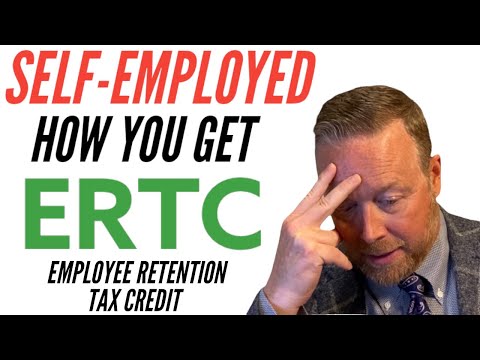The tax credit for retention of employees is a powerful instrument for companies to help them retain their employees during hard economic times. In the Coronavirus Aid, Relief created the tax credit that is refundable and Economic Security (CARES) Act in 2020 . It was designed for employers to ensure that they keep their employees on payroll despite the financial hardships caused by the COVID-19 virus. The tax credit for employee retention is available to companies of all sizes, including those that are self-employed , or employ less than 500 people.
The tax credit for retention of employees gives tax credits that are refundable that can be at least 50% the wages paid by an employer who is eligible its employees over the course of the year starting the 12th of March, 2020, and ending on December 31st, 2021. The maximum amount available for the credit is $5,000 per employee per year. The credit is offered all employers, regardless of whether they've experienced a full and/or partial suspension their businesses due to the COVID-19 pandemic.
The purpose of this article is to give an explanation of employee retention tax credit, and the things employers must be aware of in order to get the benefit. We will cover eligibility criteria, how the credit works, and how to claim the tax credit. We will also share guidelines for employers on how to maximize the tax credits for employee retention.
In the end, the employee retention tax credit is an effective tool for employers to help retain their employees in hard economic times. It is available to all employers and grants a tax credit for up to 50 percent of the wage an eligible employer pays its employees. Employers should take the time to know the eligibility requirements as well as the process of claiming the credit and how they can claim it to get the most benefit from the tax credits for employee retention. With this tax credit, employers will assist in ensuring their business's financial stability as well as their employees' continued employment.
In addition, employers should talk to their tax advisors in order to ensure they're making full use of the tax credit, as well as other relief programs. This CARES Act provides a number of relief programs, in addition to the tax credit for retention of employees including the Paycheck Protection Program and Economic Injury Disaster Loans. By making use of all relief programs that are available employers can ensure the financial stability of their companies and also ensure their employees' work.

















